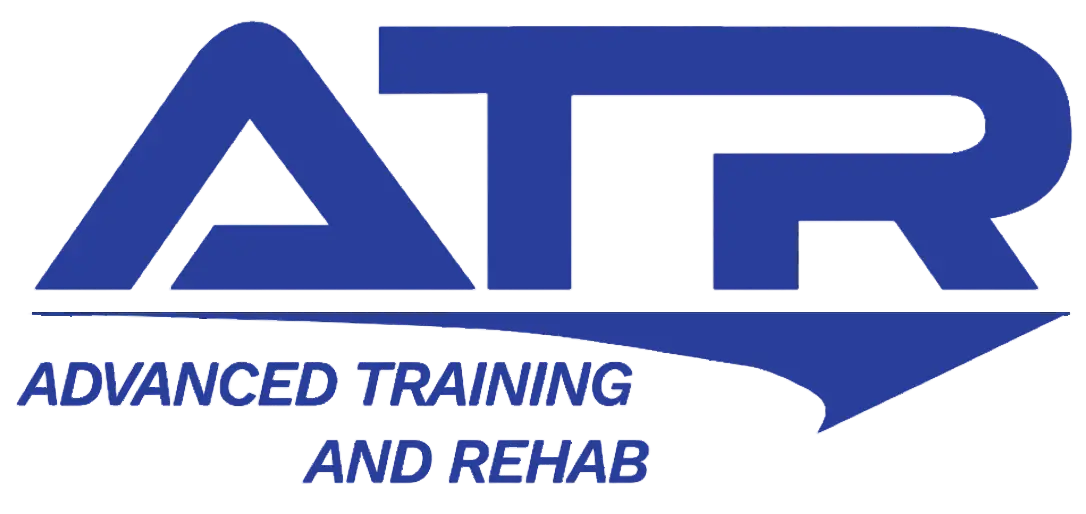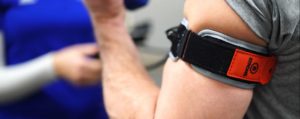Blood Flow Restriction training is becoming a popular trend in all patients looking for the best treatment plan for quick recovery and positive results. With the increased usage of blood flow restriction training in physical therapy, this blog post will help to educate patients on how and why it is being utilized in physical therapy especially at our Advanced Training and Rehab clinics.
With roots dating back to the 1960’s, today Blood Flow Restriction Training or BFR, has had over 384 research studies performed on it to investigate its efficacy. A common misconception about BFR training is that it reduces arterial flow to the muscle. Instead BFR is designed to safely restrict venous flow from exiting a working muscle. This increase in metabolic stress within the muscle creates an anaerobic environment without stressing a joint with excessive loads of weight. This causes low intensity resistance training to significantly stimulate growth hormone, muscle strength, and muscle hypertrophy. While many people may think that this type of training is only for athletes, a lot of research has supported using BFR training on patients greater than 50 years old. Since such low levels of resistance are needed when completing BFR exercises, it allows patients who are older to be challenged without putting unnecessary stress on their joints.
BFR training utilizes a specific method for calculating partial occlusion pressure for each person who begins the training. A cuff is strapped around either your upper thigh when targeting a lower extremity muscle or just above the peak of your biceps when targeting an upper extremity muscle. From there, the cuff is inflated by the therapist while a distal pulse is palpated to see at what pressure blood flow is occluded at in the distal extremity. When that number is determined, the cuff is fully deflated. When using BFR training on the upper extremity, 50% of your max occlusion pressure is utilized when completing exercises. For the lower extremity, 80% of your max occlusion pressure is utilized. These calculations ensure that only partial occlusion occurs. BFR training utilizes a specific rep count as well. Four sets total are utilized when completing a specific BFR exercise. The first set includes thirty reps and the remaining three sets include fifteen reps while thirty seconds of rest is utilized in between all four sets. This specific rep count as well as rest period has been calculated and researched through various research studies in order to ensure the stimulation of muscle growth, muscle hypertrophy, and release of growth hormone. Oftentimes either no weight or 1 to 2lbs of resistance can be used when completing BFR exercises which is what ensures low stress on surrounding joints. Additionally, there are only a few patient groups that are contra-indicated from completing BFR training.
The research points to many benefits of utilizing BFR training for treatment in a physical therapy clinic. Whether rehabbing from a surgery or wanting to strengthen the muscles supporting your joints, be sure to ask your ATR therapist about if it is right for you and your treatment plan!
Author: John Cichon, PT DPT at ATR Kirkwood.
To schedule an appointment with one of our specialists call a location near you today!




